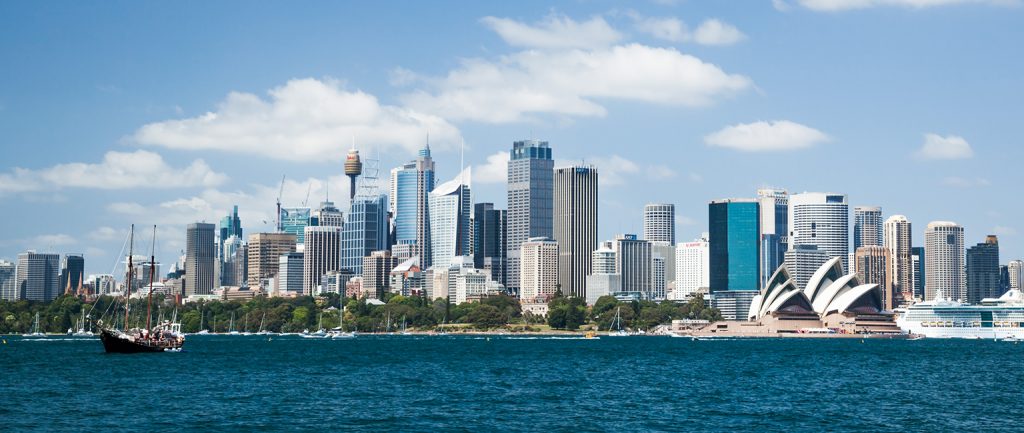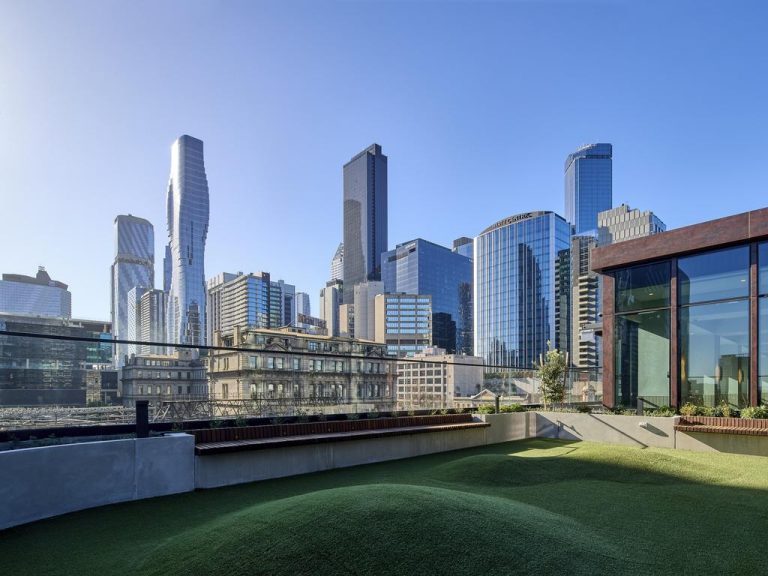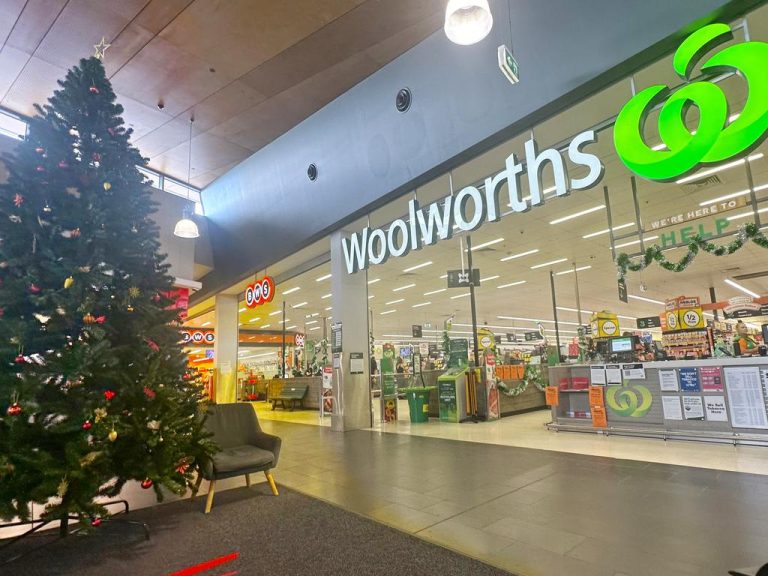Dearth of Sydney CBD office space begins to bite

Sydney’s lack of vacant CBD office space might be a great thing for landlords, but it could soon be a major issue for the city’s economic growth.
Colliers International research shows Sydney’s CBD vacancy rate is declining rapidly as stock is ripped from the market to make way for the Light Rail project, residential developments and new mixed-use buildings.
Vacant space dipped to 5.6% in the second quarter of 2016, down from 6.3% in the first quarter, with Colliers forecasts tipping vacancy to hit 4.5% in the second half of next year.
Supply-starved: Sydney strata offie values soar 30% in six months
REA Group chief economist Nerida Conisbee says Sydney’s shrinking vacancy rate is going to present significant economic challenges between now and 2021.
“The low vacancy rate is going to be a challenge for economic growth in Sydney over the next five years,” Conisbee says.
“We have seen particularly strong tenant demand over the past 12 months – businesses want to be in Sydney and they want to grow. With too little space, it is going to be challenging for them.”

Office space in Sydney’s CBD is becoming increasingly hard to find.
B-grade vacancies are projected to be the hardest hit over the next 18 months, with the secondary market set to fall to just 1% vacancy by January 2018, due to more than 86,000sqm worth of stock withdrawals, most of which will be converted to residential, according to Colliers research manager Kristina Mastrullo.
Tenants are already feeling that impact with B-grade rents soaring 13.3% for the quarter and almost 27% over the last year.
“To put this in perspective, the 10-year historical average annual rental growth is 5.5%,” Mastrullo says.
“This resilience hasn’t been seen since mid-2007 when rents jumped 14% quarter-on-quarter, followed by a full 12 months of negative growth in the height of the GFC.”
Conisbee says government bodies and the IT industry are driving much of the current demand.
Businesses want to be in Sydney and they want to grow. With too little space, it is going to be challenging for them
“The type of space available is also a challenge. It is unusual for the vacancy rate of secondary space to be lower than that for prime space. However, this reflects the types of businesses looking for space,” she says.
“Amongst the largest 10 leases signed this year, half were to either government or technology firms. Generally these tenants are less likely to want to locate to the highest quality space and are instead looking for affordability and a great location. Further compounding this is the high rate of secondary stock withdrawals.”
Around 128,000sqm worth of new office space will be completed before the end of this year, but almost half is already pre-committed to tenants.
Darling Square is the only new Sydney CBD office development due for completion in 2017, and has been fully pre-committed to the Commonwealth Bank.







